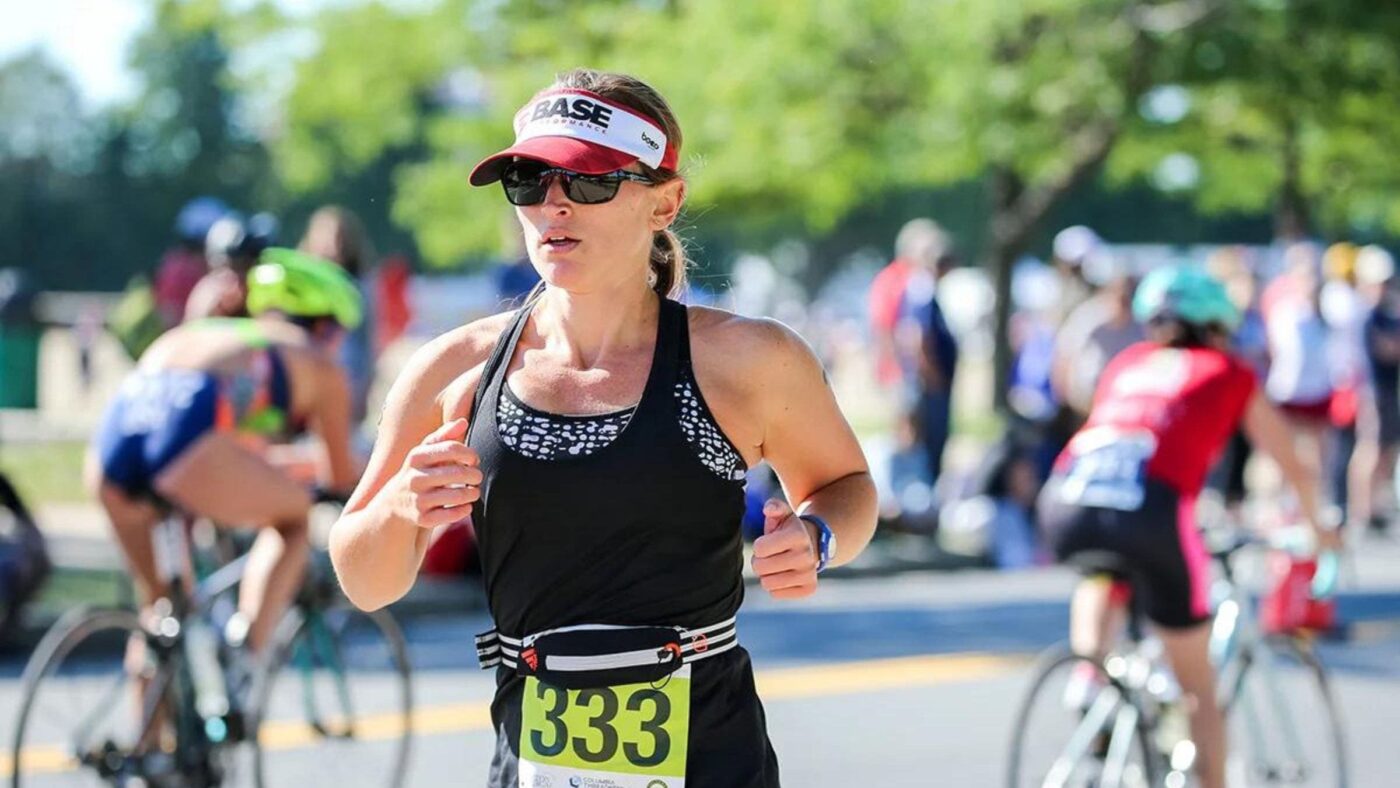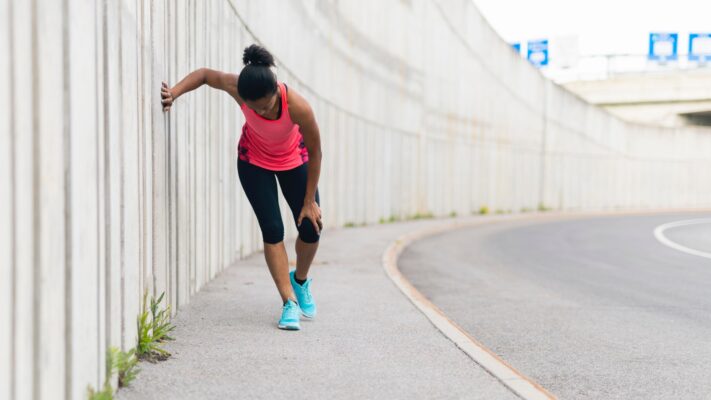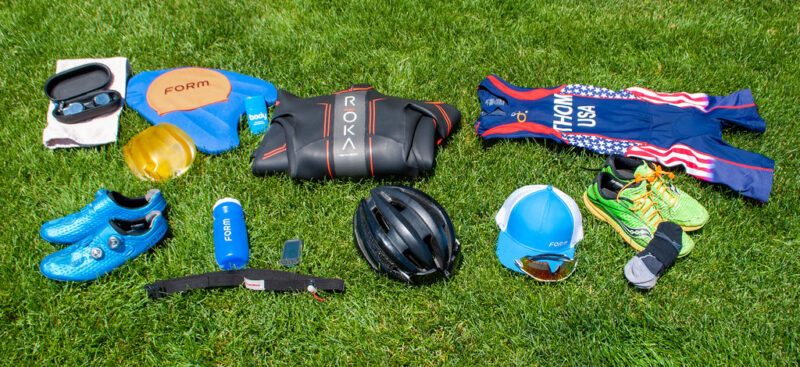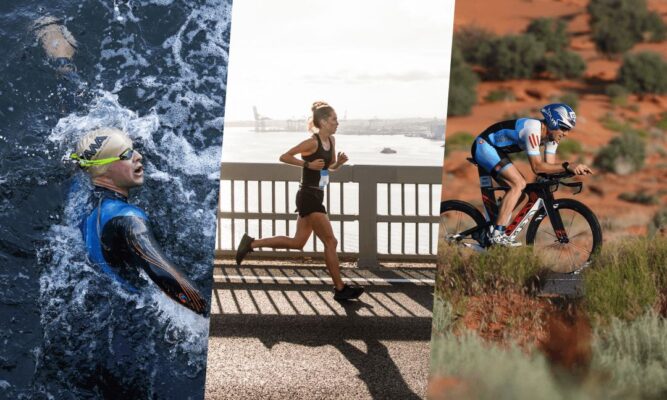posts
Triathlon: The Perfect Sport For Runners
Introduction
For passionate runners, the idea of adding swimming and cycling might seem like a daunting leap — yet triathlon racing offers one of the most complete athletic experiences imaginable. Unlike single-discipline sports, triathlon challenges multiple energy systems, strengthens diverse muscle groups, and tests both physical endurance and mental resilience. For runners who crave variety and new ways to push their limits, triathlon is the natural next step.
Transitioning from running to triathlon racing doesn’t mean abandoning what you love. In fact, the sport amplifies your running strengths while addressing weaknesses that often lead to overuse injuries. Many runners find that cycling enhances leg power and cardiovascular efficiency, while swimming builds upper-body endurance and improves breathing control — both crucial for long-distance racing. Together, these disciplines create a balanced fitness base that supports stronger, faster, and more efficient running.
Triathlon also brings a sense of community and accomplishment that’s hard to replicate elsewhere. The thrill of mastering three sports, transitioning smoothly through stages, and crossing the finish line after hours of sustained effort is an experience unlike any other. With the right training plan, proper equipment — such as a reliable triathlon racing bike, a comfortable triathlon racing belt, and supportive triathlon racing shoes — runners can easily adapt and thrive in this multi-sport world. In this guide, we’ll explore why triathlon is the perfect sport for runners, how it improves performance and longevity, and what gear and mindset will set you up for success in 2025 and beyond.
1. Building on a Strong Running Foundation
Runners already have one of the most valuable assets in triathlon racing — endurance. This aerobic base translates directly into success across all three disciplines. Runners are accustomed to long training hours, pacing strategies, and maintaining focus under fatigue, all of which are vital skills in triathlon. However, the addition of swimming and cycling allows runners to utilise their cardiovascular fitness in new and complementary ways.
Swimming introduces resistance training through water, engaging muscles in the shoulders, core, and upper back that runners rarely use. This creates a more balanced physique and helps prevent common running injuries such as IT band tightness or hip instability. Cycling, on the other hand, builds leg strength without the impact stress associated with pavement pounding. Regular time on your triathlon racing bike increases quadriceps and glute power, giving runners greater speed and endurance when they transition back to running.
Another hidden benefit is active recovery. Easy swims and rides serve as low-impact workouts that improve circulation and aid recovery after long runs. This cross-training effect reduces the risk of burnout and allows you to maintain high training volume without excessive strain. By integrating swimming and cycling into a running-focused routine, triathletes can achieve year-round consistency and performance improvements that single-sport runners often struggle to maintain.
2. Injury Prevention and Longevity Through Cross-Training
One of the biggest challenges runners face is repetitive strain. Running, while immensely rewarding, places continuous impact stress on joints, tendons, and ligaments. Over time, this can lead to overuse injuries — shin splints, stress fractures, and tendonitis being some of the most common. Triathlon racing offers an elegant solution by distributing workload across three different movements, giving fatigued muscle groups time to recover while maintaining aerobic conditioning.
Cycling and swimming complement running perfectly because they target different muscle chains. The triathlon racing bike builds powerful legs and glutes without jarring impact, while swimming develops flexibility and joint mobility. This combination creates stronger connective tissues and a balanced muscular system that can handle the rigours of high-level endurance training. Many former runners report that their running performance actually improves once they start training as triathletes, thanks to enhanced overall strength and reduced injury downtime.
Furthermore, triathlon’s varied training keeps motivation high. When your schedule includes a mix of long runs, steady bike rides, and technique-driven swim sessions, boredom becomes almost impossible. You stay engaged, mentally fresh, and physically well-rounded. This variety, coupled with the recovery benefits of multi-sport training, allows athletes to sustain performance over years rather than months — a key factor for anyone aiming for long-term success in endurance sport.
3. Mental Toughness and the Triathlete Mindset
Runners already possess a high tolerance for discomfort — a skill that transitions beautifully into triathlon racing. However, triathlon takes mental toughness to a new level. Not only do you need to manage three distinct disciplines, but you must also adapt to transitions, race-day logistics, and unpredictable conditions such as water temperature or wind resistance on the bike. This variety builds mental adaptability — one of the most underrated assets in endurance sport.
Learning to stay calm in open water, shift gears on a steep climb, or maintain form on the final 5K run teaches triathletes how to stay composed under pressure. This mental agility pays dividends for runners: pacing becomes more intuitive, recovery setbacks feel manageable, and motivation stays high even when progress slows. It’s no surprise that many elite triathletes started as runners — they bring the endurance mindset that thrives in multi-sport environments.
Racing itself becomes a mental game of strategy and focus. You must plan nutrition, hydration, and transitions down to the smallest detail — even simple things like how your triathlon racing belt or triathlon racing shoes are arranged can save precious seconds. These moments demand clarity, precision, and practice. The result is a mindset sharpened by repetition and reinforced by success, helping runners evolve into versatile, mentally resilient endurance athletes.
4. The Gear Advantage: Why Equipment Matters
While natural fitness and discipline form the core of any triathlete’s success, the right equipment can significantly enhance performance and comfort. Runners entering the world of triathlon quickly discover that proper gear isn’t just about style — it’s about efficiency, aerodynamics, and practicality. Investing wisely in a few key items can transform your racing experience.
Start with a well-fitted triathlon racing bike. Unlike traditional road bikes, triathlon bikes are designed for aerodynamics, allowing you to conserve energy during long rides. A professional fitting ensures correct posture, reducing fatigue and maximising power output. Complement this with a comfortable triathlon racing belt — an inexpensive yet essential accessory that holds your race bib securely and eliminates the need for safety pins. This small detail saves time in transitions and keeps your number visible for race officials.
When it comes to footwear, triathlon racing shoes are built for quick entry and exit, lightweight performance, and breathability. Whether cycling or running, the right pair prevents blisters and improves energy transfer. Additionally, tri suits, goggles, and helmets each play a role in comfort and aerodynamics. The key is to practise with your equipment before race day — train with your setup until every transition feels automatic.
For runners transitioning into triathlon, gear management is an exciting new skill. It’s not about buying the most expensive kit but about choosing reliable, functional items that enhance your strengths and simplify race day execution. The better your equipment works with you, the more energy you’ll have to focus on performance and pacing.
5. How Triathlon Makes You a Better Runner
Perhaps the most compelling reason runners should embrace triathlon is the improvement it brings to running itself. Swimming and cycling build endurance and muscular balance in ways pure running cannot. The enhanced aerobic base from multi-sport training allows for faster recovery between runs, and the added leg strength from cycling often translates into more powerful strides and improved hill performance.
Swimming, meanwhile, refines breathing technique and posture. The controlled, rhythmic breathing developed in the pool enhances oxygen efficiency on the run, helping you sustain faster paces for longer periods. The core and upper-body strength built through swimming also stabilise your running form, preventing fatigue-induced posture collapse during long races.
Triathlon training teaches pacing discipline, too. Learning to distribute effort across three sports means runners become masters of energy management — no more starting too fast or fading in the final miles. The structured variety of triathlon sessions encourages smarter recovery, increased mobility, and consistent motivation.
Ultimately, triathlon racing refines you into a complete endurance athlete. You gain not only physical versatility but also emotional satisfaction from conquering new challenges. Every brick session, every transition, every finish line adds another layer of skill and confidence — making you not just a better triathlete, but a stronger, more resilient runner.
Final Thoughts
Triathlon is far more than just an expansion of running — it’s a transformative sport that develops full-body fitness, endurance, and mental strength. For runners seeking longevity, variety, and new challenges, triathlon racing provides a balanced, purposeful training approach that keeps both mind and body fresh. It pushes your boundaries without overburdening your joints, offers the excitement of three distinct disciplines, and introduces a supportive community that celebrates personal growth as much as podiums.
Transitioning doesn’t require perfection — just curiosity and commitment. Start small: add one swim session a week, or swap a recovery run for a spin on your triathlon racing bike. Over time, these habits build confidence. Equip yourself with essentials such as a comfortable triathlon racing belt, well-fitted triathlon racing shoes, and a reliable bike setup. These tools not only improve efficiency but also connect you to the multi-sport rhythm that defines triathlon.
Most importantly, embrace the journey. Every runner who tries triathlon discovers a renewed passion for training and competition. The lessons you learn in pacing, resilience, and adaptability will enhance every mile you run thereafter. Whether you aim to complete your first sprint triathlon or conquer a full Ironman, this sport has the power to transform not just your fitness but your perspective on what’s possible.
At Tri-n-Win, we believe triathlon is the ultimate evolution for runners — a sport that rewards persistence, curiosity, and courage. Take the plunge, clip in, lace up, and experience for yourself why triathlon truly is the perfect sport for runners.






